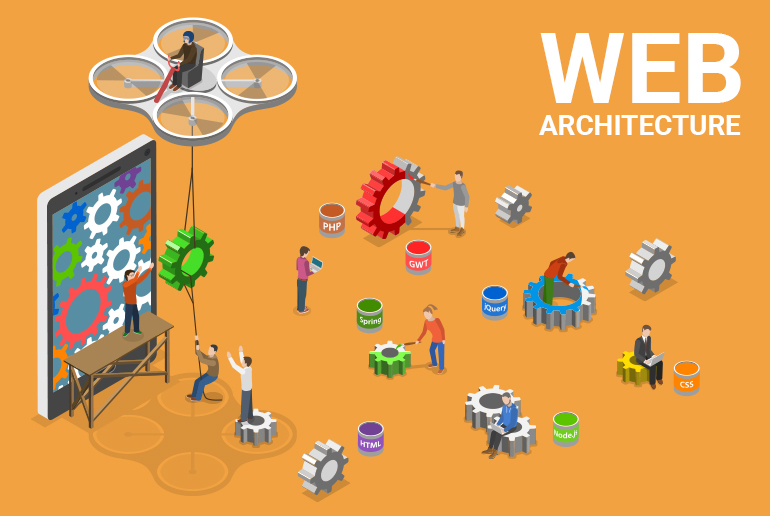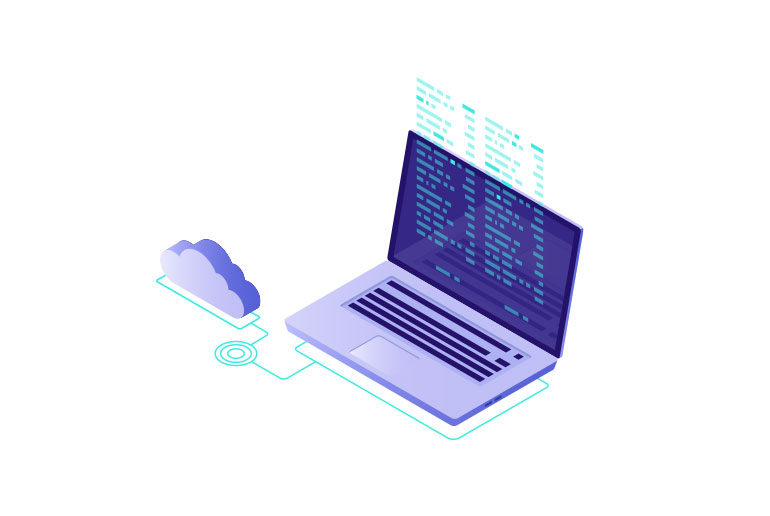Sites are sadly inclined to security dangers. As are any systems to which web servers are associated. Putting aside hazards made by worker utilize or abuse of system assets, your web server and the website it has to present your most genuine wellsprings of security chance.
Web servers by configuration open a window between your system and the world. The consideration taken with server upkeep, web application refreshes, and your site coding will characterize the span of that window, restrain the sort of data that can go through it and therefore build up the level of web security you will have.
Why Web security
Sites and applications are progressively under assault, so compelling web application security must be the best need.
Prior to 2008, information breaks were to some degree uncommon, and most happened on account of human mistake, for example, the passing of a workstation, a USB drive, or some other media. Others were caused by phishing assaults that introduced malware, by insider dangers, or by associations utilizing feeble administrator certifications and poor encryption methods. A few associations that were ruptured never discovered the reason.
Quick forward 10 years and the quantity of information ruptures has developed past anybody’s desire. Information breaks are the essential reasons why governments are authorizing security and information insurance directions today. Web application security is vital on the grounds that assaults against web uncovered web applications are the best reason for information ruptures.
Since assailants are abusing web application security vulnerabilities to access private information, associations must go to significantly more noteworthy lengths to ensure sites and applications than they do to secure their PCs and other system associated gadgets.
As more associations move their sites and applications to the cloud, web application security will just get more urgent — and complex. Cloud-based security advances, for example, web application firewalls, can help ensure sites, applications, and the information put away behind them, paying little heed to where they’re facilitated.
Web security practices for business
Know Your Apps and Prioritize them: It’s very surprising that most associations are as yet insensible of the number of web applications they’ve or even where they live. Hacking web applications is less demanding than you might suspect. Along these lines, it’s basic to distinguish and organize your association’s applications as indicated by their importance and test them for vulnerabilities. Rishabh Software tests the created applications to check in the event that it fills in of course as indicated by the predefined targets. Our masters perform testing at all phases of the web application advancement cycle.
Find and Fix Vulnerabilities from the get-go: Being mindful of which vulnerabilities to center around is similarly as essential as thinking about the defenselessness in any case. The moment a web application is made accessible on the web; it turns into an object of a digital assault. Rishabh Software with its progressing support after the application is conveyed to a customer, assists with weakness evaluation and administrative arrangements that convey strong web application security enhancements dependent on testing precision, adaptability, and low upkeep.
Guarantee you have a Strong Application Security Program: Underrating the significance of web application security is just ticking a period bomb. Any web application helplessness can prompt an enormous information rupture which thus can shake any business perhaps causing robust budgetary misfortunes, negative attention, and loss of open trust. Putting resources into an advancement accomplice who pursues best practices for web application security and mitigates security dangers at whatever point they emerge is of prime significance. Rishabh Software keeps your web applications from application-layer dangers while giving continuous help and anchoring them.
Utilize Cookies Securely: Cookies are amazingly helpful for organizations and clients alike in light of the fact that they empower clients to recall the past destinations they visited with the goal that future visits are quicker. In any case, treats can likewise be taken care of by programmers to access secured zones. While you positively don’t need to quit utilizing treats, yet you should guarantee treats are not used to store profoundly touchy data. For example, passwords, as this makes it unimaginably simple for programmers to increase unapproved get to. Likewise be preservationist when setting termination dates for treats; this will stay legitimate for a client for a considerable length of time, yet actually, everyone exhibits a security chance. To counteract unapproved get to, consider encoding the data that is put away inside the treats that you utilize.





